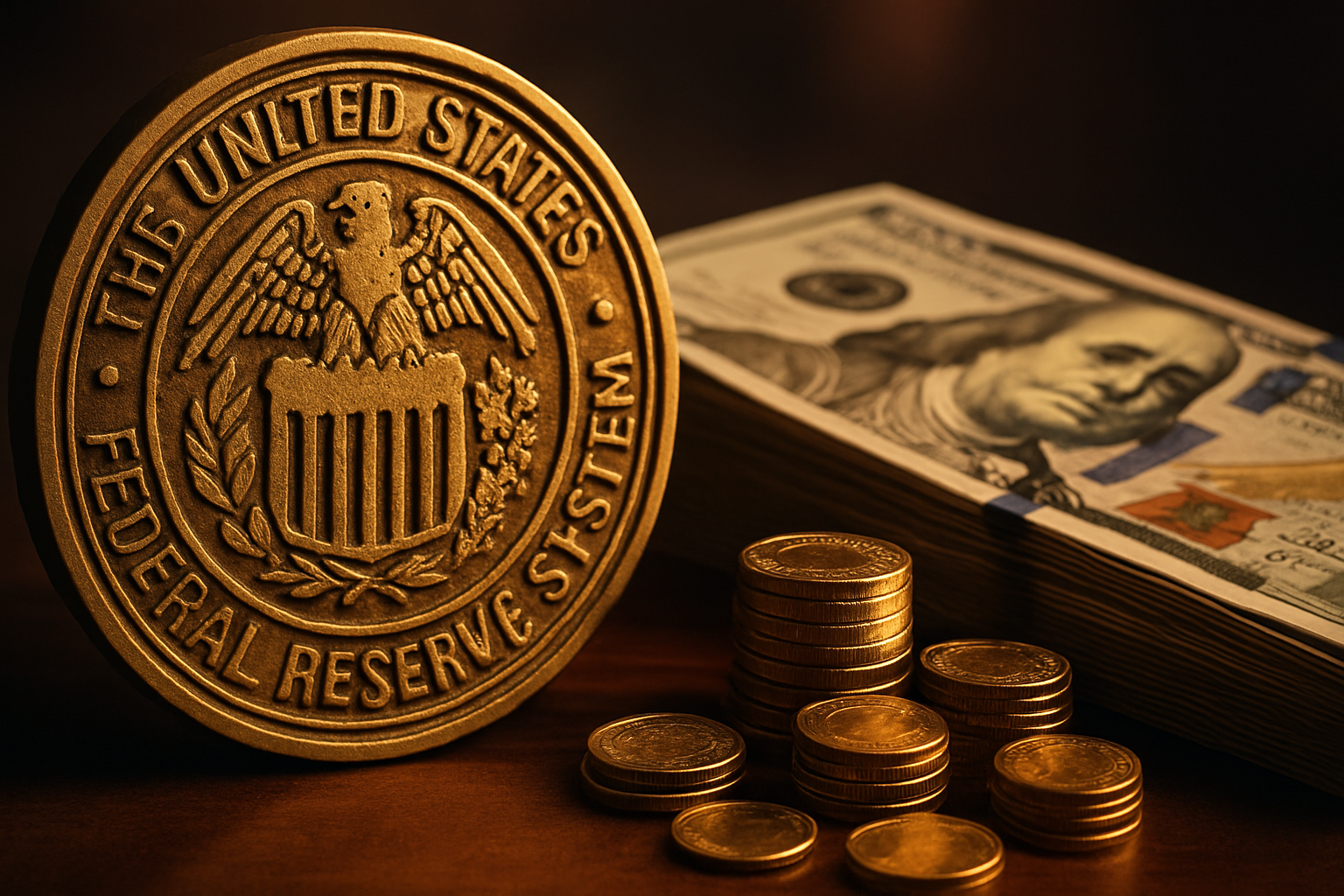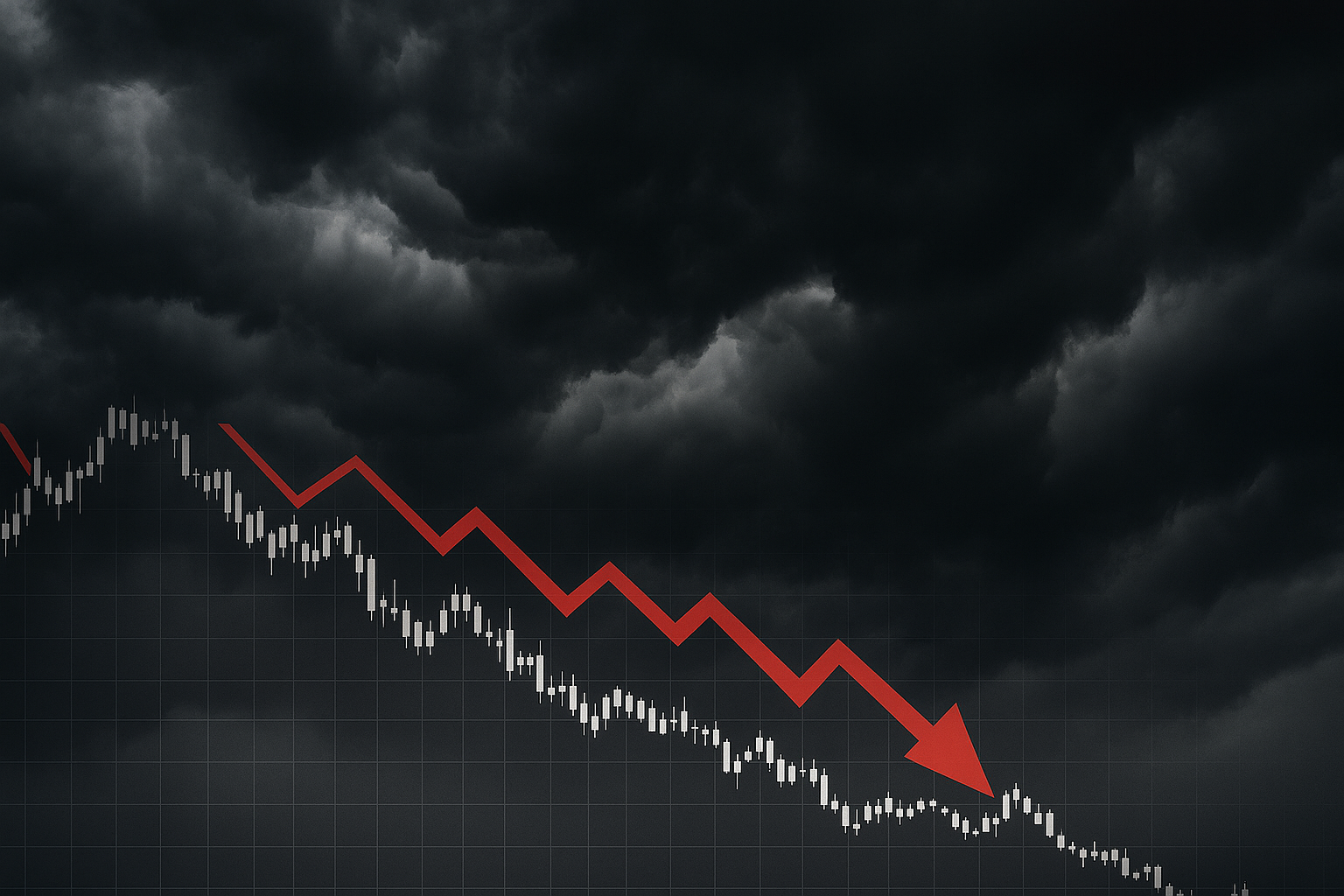How Governments Quietly Manage Debt
And Why You Should Pay Attention
When nations accumulate more debt than they can reasonably manage, they face a difficult choice: raise taxes, cut spending, or devalue the money the debt is denominated in. History shows that policymakers almost always choose the latter—because it’s the least visible, least understood, and most politically acceptable. But that doesn’t mean it’s painless. In fact, for investors and savers, it may be the most dangerous.
We are entering such a moment right now.
Government projections point to massive future deficits, soaring interest expenses, and an ever-growing debt burden. The numbers are publicly available, but few are paying attention to the implications. With demand for government debt uncertain and political leaders showing no appetite for fiscal restraint, policymakers will likely respond the only way they can—by suppressing real interest rates and allowing the currency to weaken.
This tactic creates a short-term boost. Lower rates make borrowing cheaper, stimulating economic activity and pushing up asset prices. A weaker currency helps exports and makes foreign debt easier to repay in nominal terms. At first glance, these may seem like policy victories.
But underneath the surface, the long-term consequences build.
As the real value of the currency falls, so does the purchasing power of those holding it. Inflation rises. Savers and fixed-income investors are punished, while debt continues to grow unchecked. In time, trust erodes in both the currency and the system backing it. Foreign holders of debt begin to hedge or exit, accelerating the cycle. And all the while, domestic investors often don’t notice the loss—because they’re measuring everything in dollars, even as the value of those dollars slips quietly away.
This is why we believe the moment to act is before the crowd catches on. Precious metals—particularly gold—have historically served as a reliable store of value in times like these. Ray Dalio notes that gold’s role as a reserve asset is growing once again, second only to the dollar in central bank holdings. It offers diversification, protection against inflation, and insulation from fiat currency debasement.
At Bailey Financial Services, we are not trying to time headlines—we are watching the mechanics behind the moves. As interest rates fall and debt continues to climb, we believe this is one of the most important times in decades to reassess risk, understand currency exposure, and consider hard assets as a core part of your portfolio.




